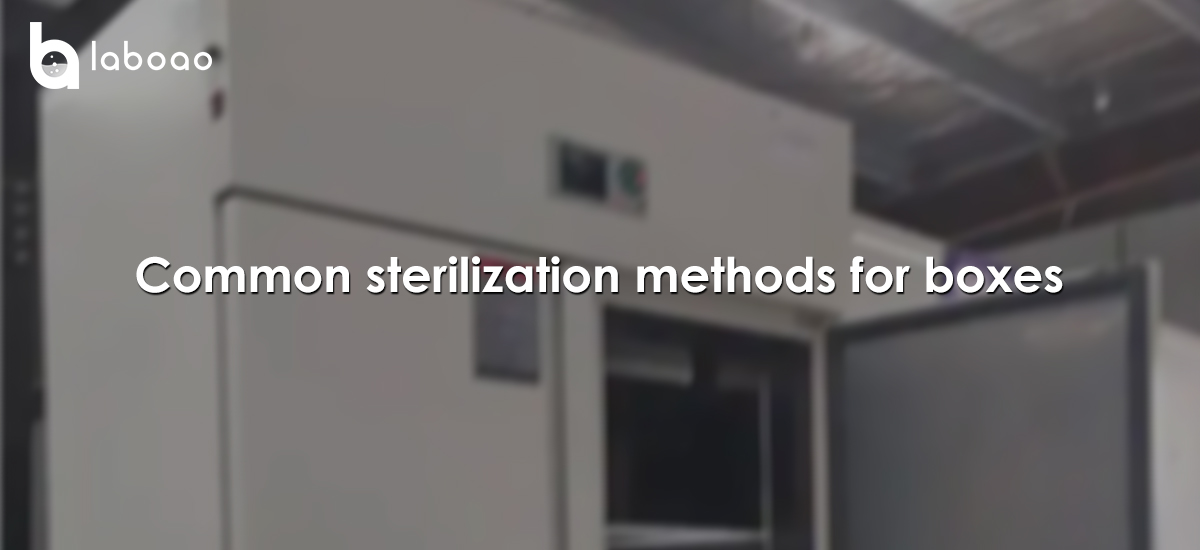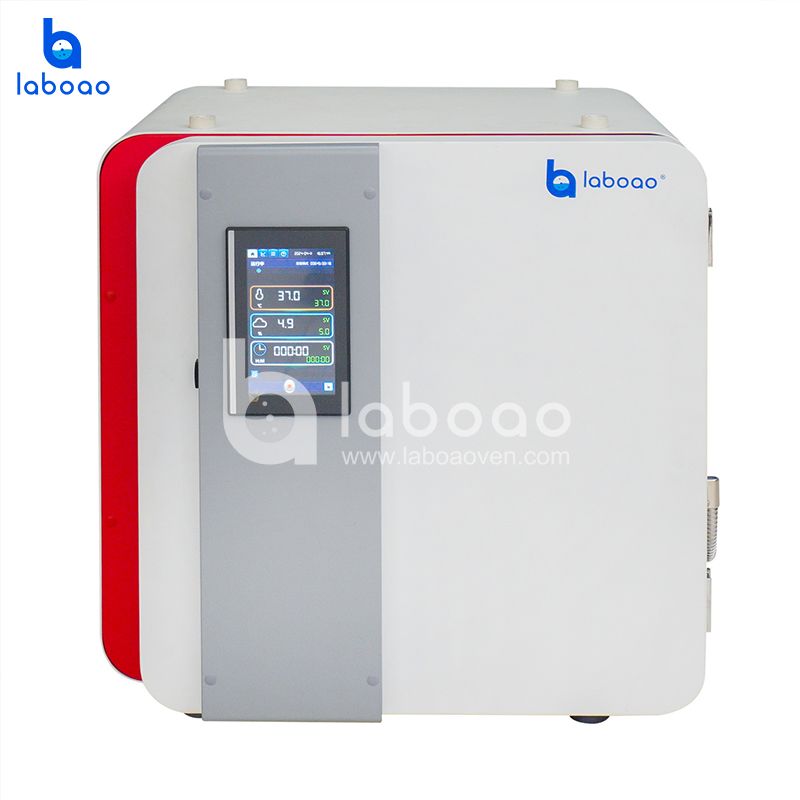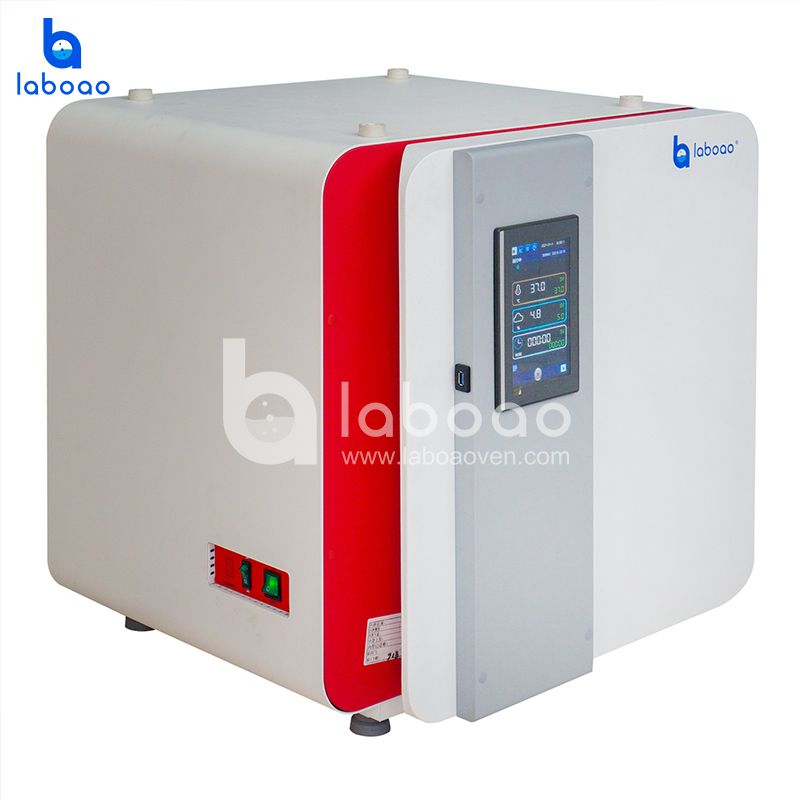
1. High-temperature dry heat sterilization
Killing bacteria and bacterial spores with high temperature in a dry environment is a method of killing microorganisms by non-specific oxidation of microorganisms or biopolymers such as deoxyribonucleases. The temperature required for dry heat sterilization is relatively high, because in the dry heat state, the penetration is poor, and the heat resistance of microorganisms is strong. It must be subjected to high temperature for a long time to achieve the purpose of sterilization.
The bacterial propagules are sterilized for 1 hour at 80℃~100℃ in a dry state; the spores need to be heated to 160℃~170℃, and the sterilization time is 2 hours.
Dry heat has great damage to some heat-sensitive materials, so when used for box disinfection and sterilization, the quality requirements for the components in the box are relatively high.
2. High-temperature and high-humidity sterilization
High-temperature and high-humidity sterilization is also a highly efficient sterilization method, which uses the large amount of latent heat and good penetration released during the cooling of wet heat steam to destroy the protein of microorganisms and lose the enzyme activity, thereby causing the death of microorganisms.
This kind of wet heat is irreversible in destroying the proteins and enzymes of microorganisms, and can kill various microorganisms, including bacterial propagules, spores, fungi, viruses, etc.
High temperature and high humidity sterilization requires that the water vapor has sufficient temperature and duration, which is very important for the sterilization effect. The conventional 90℃ high temperature and high humidity sterilization time for the box is generally more than 2 hours, so as to ensure the comprehensiveness of sterilization.
3. Ultraviolet sterilization
Ultraviolet sterilization is an electromagnetic radiation sterilization method that kills pathogenic microorganisms through ultraviolet irradiation. It mainly acts on the DNA of microorganisms, destroys the DNA structure, and makes the microorganisms lose the ability to reproduce and self-replicate, thereby achieving the purpose of sterilization and disinfection.
Ultraviolet sterilization can kill most bacterial propagules (including Mycobacterium tuberculosis), viruses, fungi, and their spores and bacterial spores (except for some highly resistant bacterial spores), and the disinfection efficiency is very high. However, due to the weak penetration of ultraviolet rays and the fact that they only irradiate in a straight line, there will be blind spots in disinfection. Therefore, ultraviolet sterilization can only sterilize and disinfect the surface, and cannot sterilize and disinfect the lower surface of objects. When multiple objects overlap, the surfaces of the overlapping parts of the objects cannot be sterilized and disinfected. In other words, the places where ultraviolet rays cannot reach cannot be sterilized and disinfected. Therefore, when the ultraviolet lamp sterilization method is used for the box, it is generally placed on the top of the box.
4. Mechanical disinfection and sterilization
Mechanical disinfection and sterilization is a method of surface sterilization, which has a certain sterilization effect. Commonly used methods include flushing, wiping, and brushing.
Mechanical removal of microorganisms on the surface of objects can be combined with daily sanitation and cleaning work. To enhance the sterilization effect, surfactants can be used in the removal operation, which is suitable for flat surfaces. However, disinfectants containing chlorine and iodine are corrosive to stainless steel in the box and are not recommended for use on stainless steel boxes.

